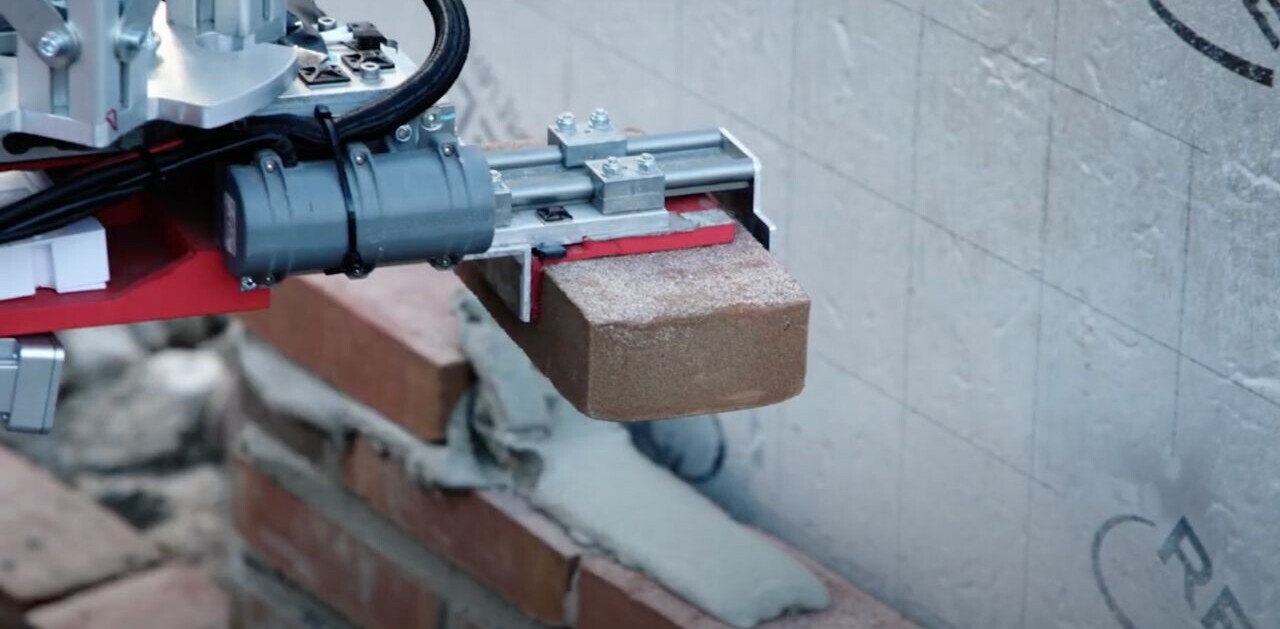Jellyfish might not be the fastest swimmers under the sea, but what they lack in speed they more than make up for in style. Their energy-efficient wiggle technique has made them the envy of the underwater world. It’s also caught the eye of scientists from North Carolina State University and Temple University.
The team recently created soft robots inspired by jellyfish that can outswim their real-world counterparts. Their average speed of 53.3 millimeters per second will hardly leave Michael Phelps quaking in his Speedos, but the bots have an impressive combination of power and flexibility.
The researchers had previously modeled their droids on cheetahs. Like their animal cousins, the bots were seriously quick. However, their movements were restricted by their stiff inner spines.
“We wanted to make a completely soft robot, without an inner spine, that still utilized that concept of switching between two stable states in order to make the soft robot move more powerfully – and more quickly,” said study author Jie Yin. “And one of the animals we were inspired by was the jellyfish.”
[Read: AI detects plastics in the oceans by analyzing satellite images]
The team emulated the movement of jellyfish with a plastic polymer disk. One layer of the disk was pre-stressed by stretching it in four directions, while another contained a ring-like air channel. Together, they formed a dome shape similar to a jellyfish.
As air is pumped into the channel, the dome quickly curves down, pushing out water to accelerate the bot forward. Check it out in action in the video below:
It’s not only jellyfish and cheetahs that have inspired the researchers. They’ve also developed a fast-moving crawler that moves like a larval insect, curling its body to store up some energy, and then quickly releasing it to jump forward.
Another of their recent creations is a three-pronged gripping robot. While most grippers hang open when resting, and then expel energy to grab and move their cargo, this one stays clenched shut when it’s unused.
“The advantage here is that you don’t need energy to hold on to the object during transport – it’s more efficient,” said Yin.
Get the TNW newsletter
Get the most important tech news in your inbox each week.





